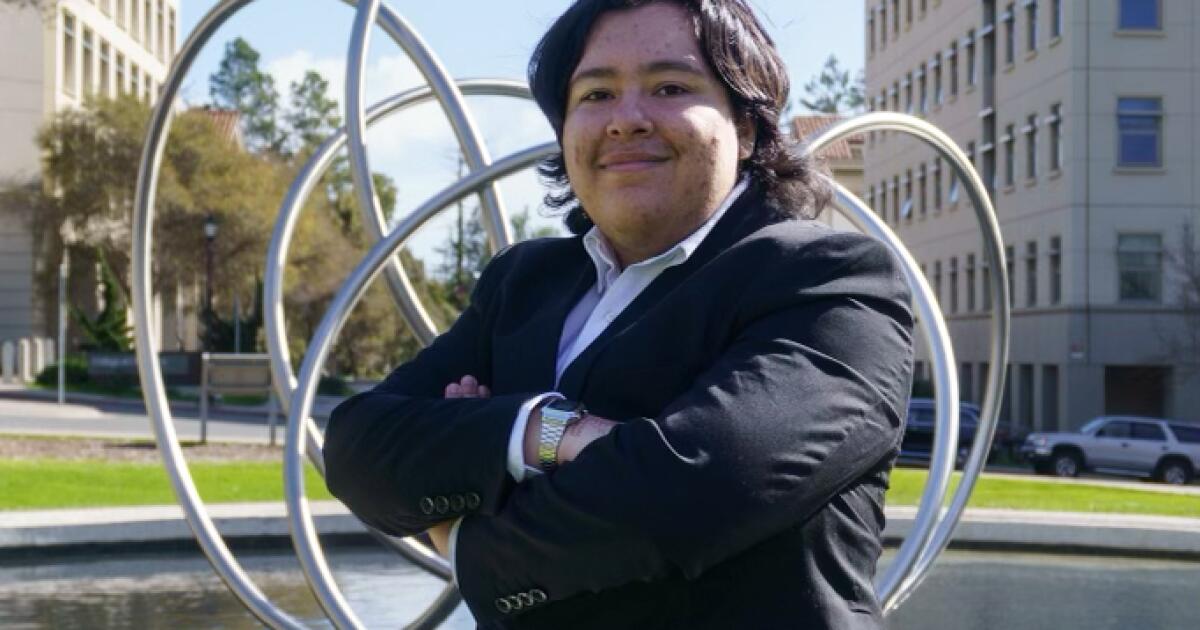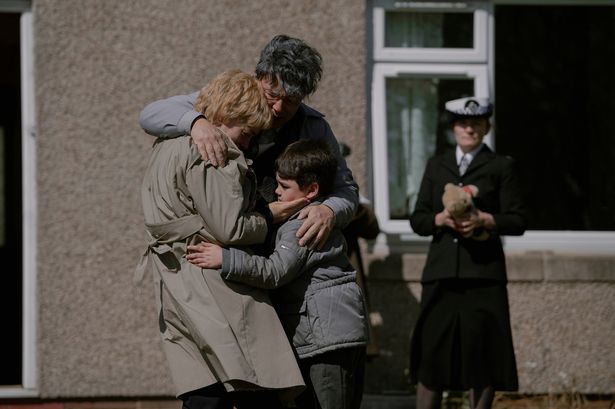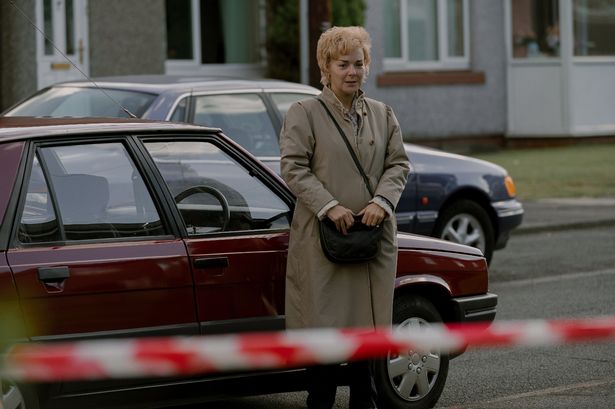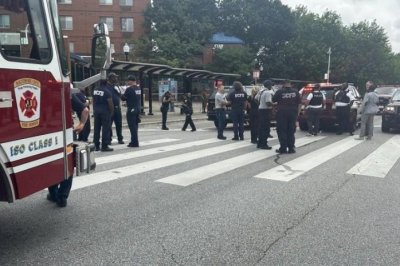Sheridan Smith and Daniel York Loh play Ann and Charles Ming in I Fought The Law. But filming for the ITV drama was taxing – Daniel was notably reminded of a personal tragedy.
Daniel York Loh appears in I Fought The Law – but filming for the series brought some sad memories back to the surface.
Her name was once linked to one of Britain’s most haunting murder cases. Now, Julie Hogg’s tragic story comes to the small screen in I Fought The Law, a four-part drama series written by Grantchester’s Jamie Crichton and based on For The Love Of Julie – a memoir written by Julie’s mother, Ann Ming.
Sheridan Smith portrays Ann, and the series charts her extraordinary fight for justice. “It’s what Ann came up against,” Sheridan, 44, says.
“It was one thing after another. It was relentless. I did nine weeks shooting it and I was a mess. I don’t know the strength it took for Ann to keep fighting. I’m absolutely in awe of her.”
Starring opposite Sheridan as Julie’s father Charles is Daniel York Loh. Charles Ming – “Charlie” in the show – was the steadfast mast to Ann’s boat throughout her battle for justice.
Daniel admits he hadn’t known Julie’s story before signing up. “I didn’t read the book until I got involved in the show,” he says. “As soon as I was asked to do it, I did it. Not many people are aware of it. I wasn’t very aware of it.”
Bringing Charles back to life, 12 years after his death at 88, carried its own weight. “I don’t have kids but I did have a younger brother. I lost him to a heroin overdose and I found his body,” Daniel shares.
The role also struck a deeper chord. “It reminded me of my own father in some ways,” Daniel explains. “You know, naturalised immigrant backgrounds, very British in a lot of ways but regarded as foreign. There’s a sense of displacement in that.”
READ MORE: Mattress that helps with back pain is now £248 cheaper and comes with free bedding
Julie was 22 years old when she vanished from her Billingham home in November 1989, leaving behind her young son Kevin. Her mother, Ann, immediately knew something was wrong. “I was convinced something had happened to my daughter from day one,” says Ann.
But police believed otherwise. “They thought she could have gone to London to start a new life,” Ann says. “It really was frustrating.” Three months later, Ann’s maternal instincts were tragically vindicated.
She discovered Julie’s body herself, hidden under the bath at Julie’s home. “It gave me strength because I’d been proven right,” Ann now says.
The investigation soon identified a suspect: William “Billy” Dunlop. He stood trial for Julie’s murder twice, but juries failed to convict on both occasions.
Then, while serving a prison sentence for unrelated violent offences, Dunlop confessed to Julie’s killing. But there was a twist: under the centuries-old double jeopardy rule, he couldn’t be tried again for the same crime.
For Ann, giving up wasn’t an option. She petitioned politicians for more than a decade, lobbied the media and refused to let Julie’s case fade from memory.
The cast is rounded out by Luther’s Enzo Cilenti as DS Mark Braithwaite, Doctor Who star Marlowe Chan-Reeves, who plays Ann’s son Gary, Grace actor Jake Davies as Julie’s ex Matthew, Vera actor Jack James Ryan as William Dunlop and Unforgotten’s Andrew Lancel as Guy Whitburn QC.
Ann’s determination inspired the Criminal Justice Act 2003, which introduced new exceptions to the double jeopardy rule in both England, Wales and later Scotland. Ann still calls for other countries to follow suit.
“It’s being debated in Australia,” Ann says. But she doesn’t want the change to stop. “I’d like to meet all world leaders to change this law around the world.”
In 2006, Dunlop finally pleaded guilty to murder and was sentenced to life in prison, with a minimum term of 17 years. Though her battle has ended after more than a decade, Ann’s resentment lingers.
“I feel angry that we were never allowed to meet up with the forensic team,” she says. “Nobody was sacked. One went onto be commander. That wasn’t right. I never got an apology from the police. Nothing at all.”
This relentless fight is the backbone of I Fought The Law. For Sheridan, stepping into Ann’s shoes was a privilege and an emotional burden. “I can only imagine and think if it was my child, but it was emotionally taxing,” she says.
Sheridan fully immersed herself in Ann’s world, devouring documentaries about the case and Ann’s book. “I get mad at myself if I don’t feel the actual pain and trauma. I wanted to make Ann proud and get her story justice,” she says.
Ann was also present as a consultant on the set while filming took place in North East England. “She was a huge support and very crucial to the production the whole way through,” series director Erik Richter Strand says. “Sheridan is in every scene. She doesn’t get many breaks. We had to make that set safe, practical and comfortable for Sheridan.”
The transformation was physical as well as emotional. Sheridan swapped her brunette style for Ann’s blonde locks. But she dreaded one scene above all: the bathroom scene, where Ann finds Julie’s body. “I knew I had that coming, I wanted to get that scene out, it was a bit scary,” she says. “I knew it’d be torturous.”
Sheridan’s own experience as a mother – she shares her five-year-old son Billy with former partner Jamie Horn – gave the role an added resonance.
“It was my first role as a mum,” she says. “It’s your worst fear, isn’t it? No one should have to go through that. I was emotionally attached to the whole thing.”
“When I did Mrs Biggs, I tried to think of my mum who lost her son, my brother,” she says, referring to her older brother Julian, who died of cancer at the age of 18.
“This time, there was a different layer. Just thinking how I would have felt in that moment, if it was my little one. This was much more powerful, that’s probably why it was a bit difficult.”
Her efforts paid off – Ann couldn’t be happier with her portrayal and the pair have even gone on to form a bond. “We’re friends for life now,” Sheridan says, holding tightly on to Ann’s hand.
Like this story? For more of the latest showbiz news and gossip, follow Mirror Celebs on TikTok, Snapchat, Instagram, Twitter, Facebook, YouTube and Threads.








